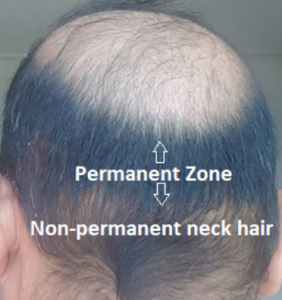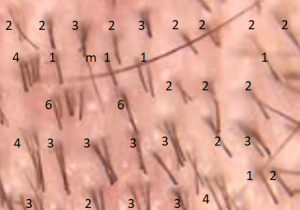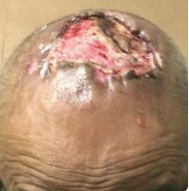Thanks Dr. Rassman. Any basis for why it will not absorb? Minoxidilmax.com one of the longest running topical finasteride sellers said this on DIY:
“If you want to make your own topical finasteride at 0.1 percent to save money, you should be able to do that with the right tools and material. No need to be a scientist to do so. The only tool you need is a scale that is accurate to 1mg level. All you need to do is to weigh 60 mg of pure finasteride power and pour it into a bottle of 60 ml minoxidil solution, close the bottle and shake it for 10 minutes.
The real challenge here is not how to make it but how to obtain good quality of finasteride material. Some people choose to use 5 mg finasteride pills (Proscar). In this case, you will need to pulverize 12 pills and then put the powder into a bottle of 60 ml minoxidil solution. Shake it very hard for 10 minutes. Let the bottle stand still for overnight and pour the clear solution to another bottle for use. The reason why it is recommended to dissolve the powder into a minoxidil solution is that it has right solvent that ensures the good absorption of the topical finasteride. You can’t just use pure alcohol as the solvent, because it evaporates too faster and you will end up with flakes of finasteride on your scalp that will never be absorbed.
With the 0.1% topical solution, you receive 1 mg finasteride if you use the solution once a day. If you use the homemade solution above twice daily, your finasteride dosage is actually 2 mg a day.”
This question is a moving target tied to instrumentation issues. Some doctors have done a) half FUE and b) half strip and measured growth differences and there were none. There are certain patients that FUE will cause damage, that group is a subset of those I called Fox negative patients in my original article. This group of Fox negative patients has contracted to a smaller number because of better and better instrumentation that has developed over the years. In that small sub-set of patients, there is no doubt that FUE is an inferior surgery and that sub-group, unfortunately, can’t be identified in advance, so each individual takes some risk that they may be in this sub-group when they elect to get FUE. Maybe this sub-group is 5% of all FUE patients, maybe less, but for them it is 100% less quality surgery because there is more damage to the grafts during harvesting. This presents the problem as if it is black and white, but there are gray areas in this sub-group that may make the sub-group larger than 5%. The strip doesn’t have that risk.
2020-04-07 02:39:532020-04-19 15:14:50How to make your own topical finasteride, is it real?



